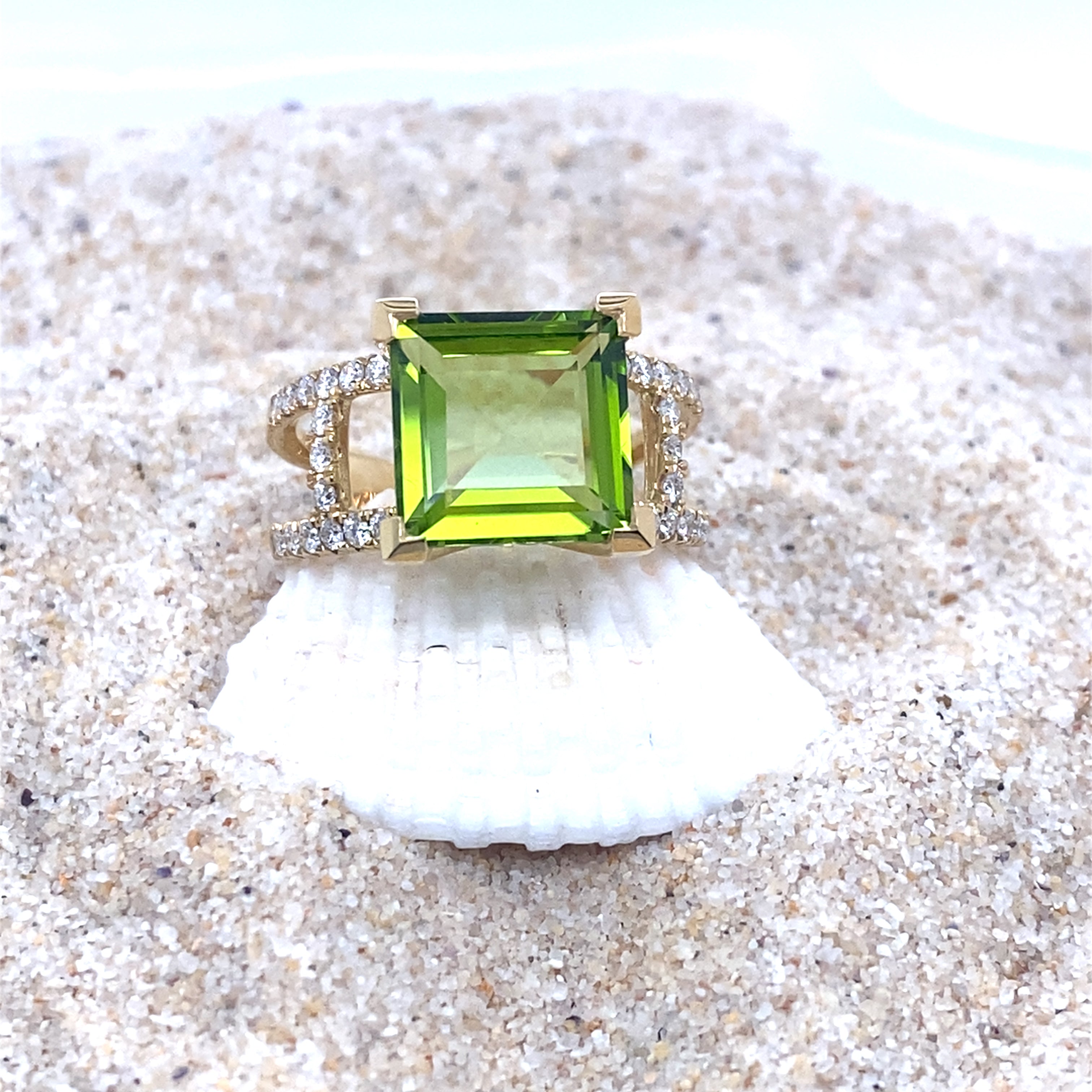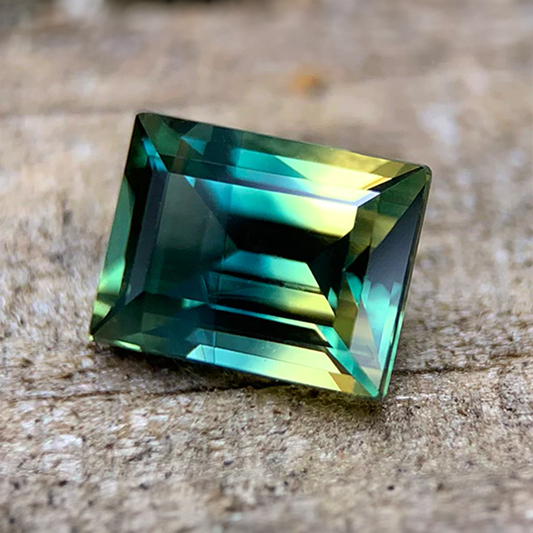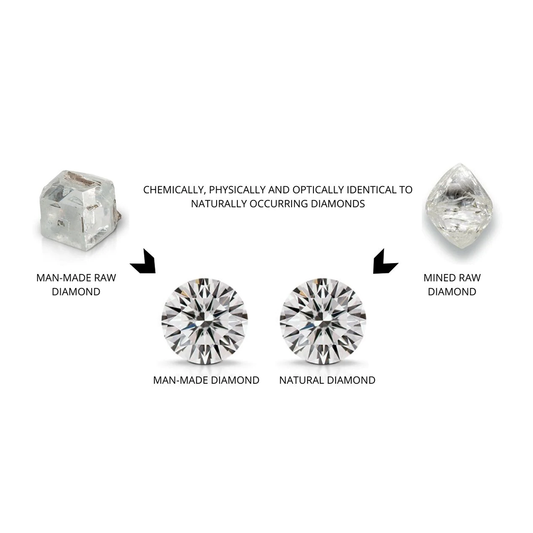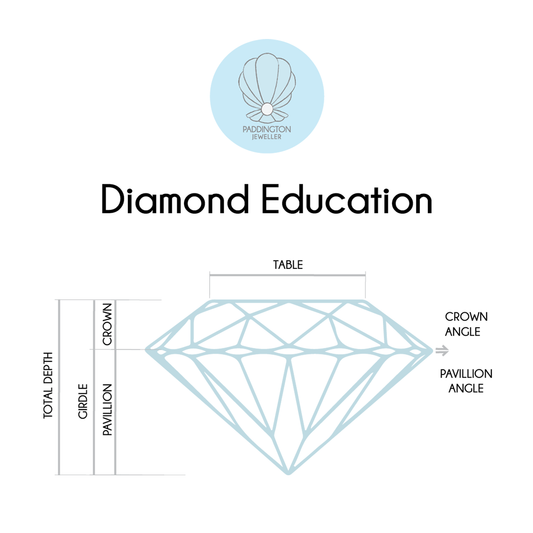Unveiling the Mystique of Peridots: From Ancient Egypt To Outer Space

When you gaze upon the vibrant green hues of the peridot, it's easy to see why this gemstone has been cherished for centuries. Known for its striking beauty and fascinating history, the peridot is a gemstone that holds a special place in the world of fine jewellery and beyond.

Peridot is often associated with Spring. It is a yellowish-green gem from the mineral olivine, which is found in peridotite rock in the earth’s upper mantle. These gemstones are brought to the surface by volcanic activity, making their journey from the depths of the Earth to our jewellery boxes truly remarkable. The characteristic green colour of peridots is due to the presence of iron within the crystal structure. Unlike many other gemstones, the peridot’s colour is intrinsic to its mineral composition and not due to trace impurities.
The history of peridots dates back thousands of years. Ancient Egyptians called them the “gem of the sun,” believing that they protected their wearers from the terrors of the night. Some historians suggest that Cleopatra’s famed emerald collection might have actually contained peridots alongside emeralds. Native Hawaiians even believed peridots were the tears of Pele, the volcano goddess.
Not just confined to planet Earth, peridots have been found in meteorites, indicating their extraterrestrial origins in some cases. Almost two decades ago peridot was even found in the comet dust retrieved from the NASA space probe Stardust, something which makes us love this intergalactic gem even more! In astrology, peridots are associated with the zodiac sign Leo and are believed to bring the wearer peace, success, and good luck. Some also believe that peridots can ward off negative emotions and drive away evil spirits, making them a powerful protective stone.
Peridots are cherished for their vivid, lime-green colour, which can range from a yellowish-green to a deeper olive green. This versatility in hue makes them a popular choice for various types of jewellery. Experts believe that the best coloured peridot is a pure grass green but this is very rare and most tends to be more of a yellowish green colour. Peridot colour is lighter than a tsavorite garnet or emerald, and can be almost lemon-green.
Peridots can be applied to jewellery in an almost endless array of selection, much like other gems. However, it is important to note that on the Mohs scale of hardness, peridots rank between 6.5 and 7. This makes them relatively durable, though they should be handled with care to avoid scratches and damage. Their hardness is suitable for most types of jewellery, but they are best worn in pieces that are less likely to be subjected to hard knocks,
Here at Paddington Jeweller we have a love for the Peridot, while not to the level of Cleopatra we feel that their subtle beauty and versatility makes them a wonderful option for those looking for something a little different from the norm:
- Peridots make stunning centrepieces for rings, often set in gold to complement their warm green tones. We truly feel our Turco ring needs to be seen to be believed. This striking ring features a magnificent 5.12ct square peridot with 30 diamonds embedded on a double band ring set in 18kt yellow gold.

- Necklaces and Pendants: Peridot pendants are a classic choice, like our Turco ring above, they are often highlighted with diamonds or other gemstones to enhance their beauty.

- Bracelets: Whether in a simple tennis bracelet or a more elaborate design, peridots add elegance and charm to wristwear. Our collection of Birthstone bracelets are made in 9kt yellow, white or rose gold with genuine gemstones, for those born in August, this beautiful piece is just for you!

So, if your fine jewellery collection is missing a perfect peridot piece, please don’t hesitate to contact us online, or pop into the store!








